




As a purpose-led company, we know we have a pivotal role to play in addressing the climate emergency. We consider this not only good business, but our duty to channel our technology-enabled expertise and capabilities toward benefitting people and the planet.
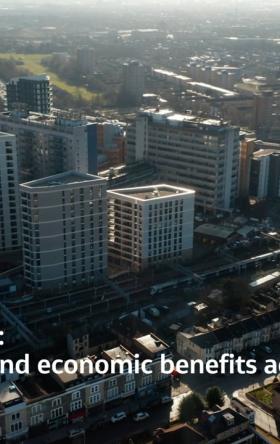


We work in partnership, delivering some of the most challenging, diverse and innovative projects and programs globally across multiple sectors. We integrate complex interfaces across planning, procurement and delivery to help unlock better social, environmental and economic outcomes from mega and giga projects.

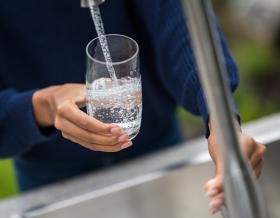
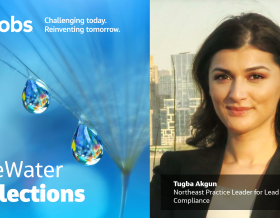
For more than 30 years, Jacobs has been responsible for planning and implementing Lead and Copper Rule-related strategies which protect millions of people in the U.S. and Canada. Our work includes enhanced water quality monitoring strategies, sampling plan development, harvested pipe-scale analysis, lead service line inventories and replacement plans, corrosion control studies and the incorporation of equity and environmental justice considerations into compliance programs.
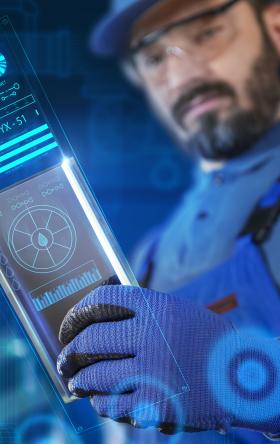


As our clients navigate the digital transformation and growing cyber risks, we have positioned ourselves at the forefront of this growth, adding digital capabilities, products and tools to serve a growing set of customers.


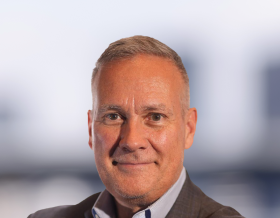
Sit down with our visionary team of thinkers, dreamers and doers to see what a day in the life is like.

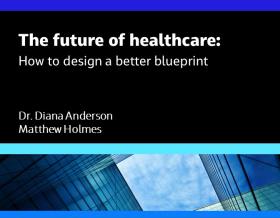
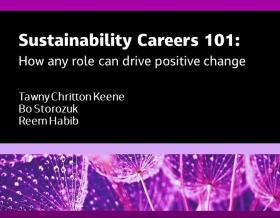
A curated selection of some of the top-listened to and trending podcast episodes from our popular If/When podcast series, which has over 7M downloads to date.
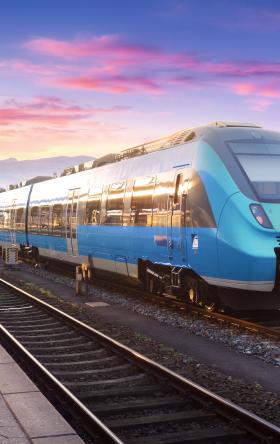
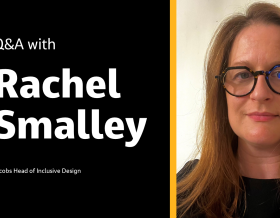
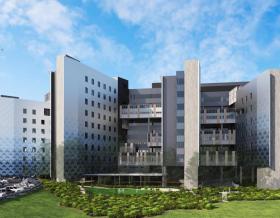
Together with our visionary partner, PA Consulting, we're establishing our position in high end advisory services, creating a springboard to expand in high value offerings beyond the core.


At Jacobs, we're challenging today to reinvent tomorrow by solving the world's most critical problems for thriving cities, resilient environments, mission-critical outcomes, operational advancement, scientific discovery and cutting-edge manufacturing, turning abstract ideas into realities that transform the world for good. With approximately $16 billion in annual revenue and a talent force of more than 60,000, Jacobs provides a full spectrum of professional services including consulting, technical, scientific and project delivery for the government and private sector.
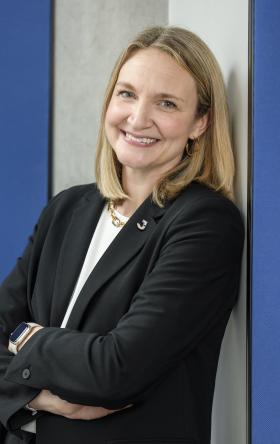
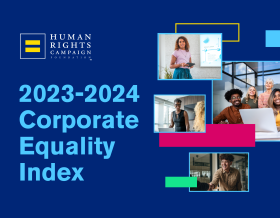

Jacobs. A world where you can.
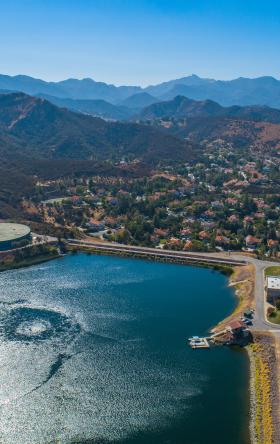

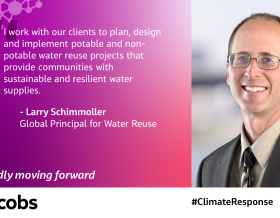
As climate change threatens water security around the world, more communities are turning to water reuse as a resilient water supply solution and embracing the OneWater principle that all water has value. Jacobs has been supporting clients with water reuse programs for decades, beginning with the first applications of advanced wastewater treatment technologies in the 1960s. We provide our clients with a full range of services, from water reuse feasibility studies to design, construction and operations.
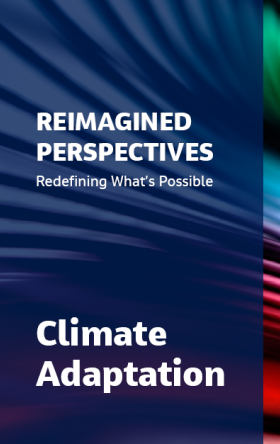
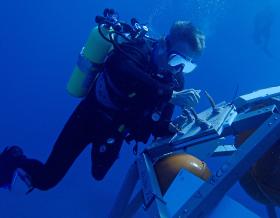
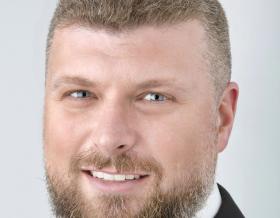
The only certainty about the future is uncertainty. Resilience is an attribute of a smarter planet, and requires planning and adapting ahead of potential threats. We help our clients survive, recover, adapt and thrive.



Jacobs is working to help clients across the United States secure federal funding for projects that make our cities and communities more connected and sustainable. Working hand-in-hand with clients from coast to coast and everywhere in between, Jacobs develops bold, innovative solutions to address the nation’s toughest challenges.
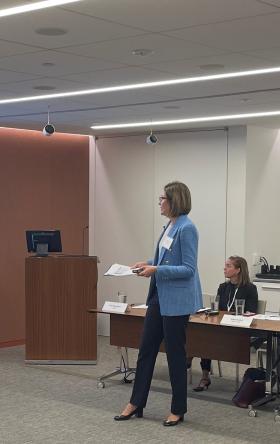

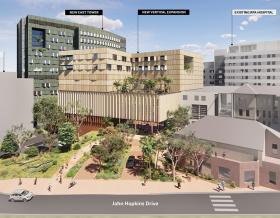
Now more than ever, we appreciate the hard work, sacrifice and dedication of the medical profession in ensuring the health and safety of our communities.


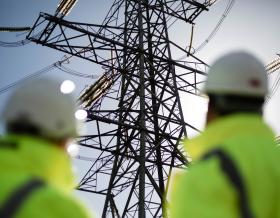
Together, we are stronger. Together, we can transform the future.
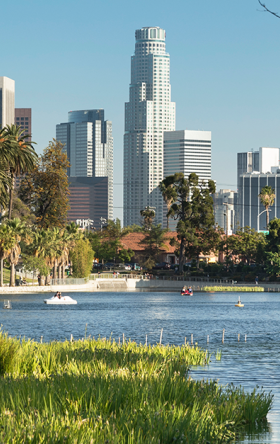
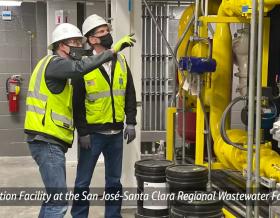
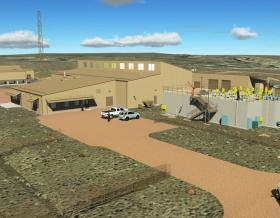
We’ve provided design-build services to the water sector for over 25 years and delivered more than 150 projects. We offer fully integrated design-build and design-build-operate capabilities to tackle the most complex water challenges and work in close collaboration with our clients.
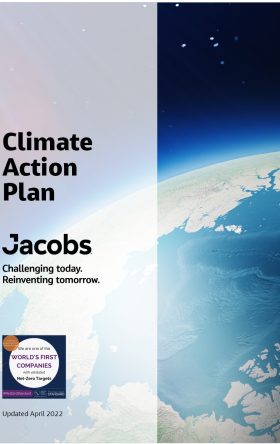

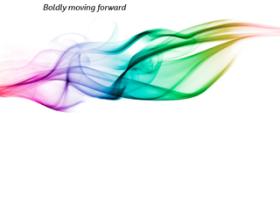
Stories that capture our partnerships and innovative impact for a more connected, sustainable world


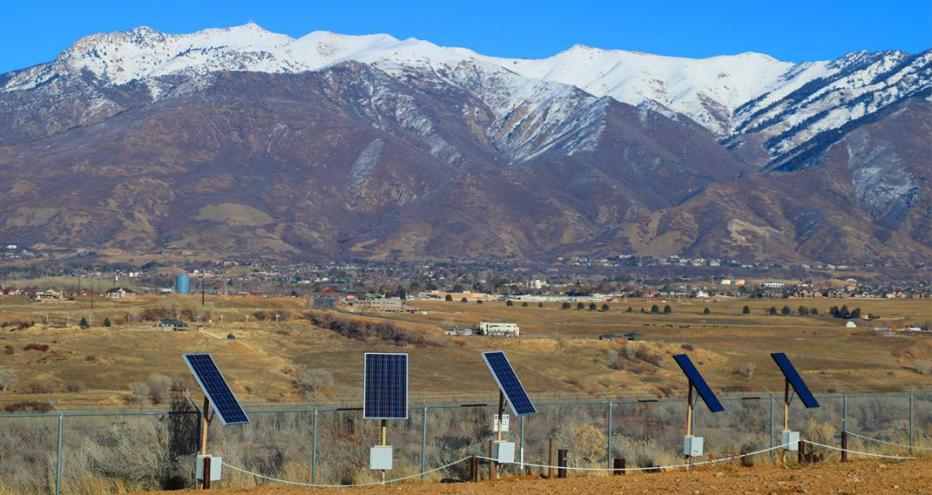
Luke Skywalker, Princess Leia and Han Solo; chips, queso and salsa – some things just work best together. Kind of like how the subgrade biogeochemical reactor (SBGR) technology creates the perfect confluence between sustainability, reduced cost and accelerated cleanup.
For more than a decade, the SBGR technology developed by Jacobs has been used for sustainable and effective treatment of soil and groundwater contaminant source areas and groundwater hot spots. In fact, we developed several innovative SBGR approaches at Travis Air Force Base (AFB) in California – which supported Travis’ completion of the U.S. Department of Defense’s first American Society for Testing and Materials (ASTM) International greener cleanups self-declaration – and currently, we have more than 30 SBGR projects in various stages of operation or development with federal and private clients.
But what if we showed you how Jacobs’ research and development is leading an evolution of the bioremediation industry – designing, testing and implementing new SBGR configurations that are opening doors to new biology-based remediation approaches to sustainably accelerate treatment at some of the most difficult hazardous waste sites?
active Jacobs’ SBGR projects in various stages of development or operation with federal and private clients
tons reduction of annual carbon dioxide production at Travis AFB through green and sustainable remediation techniques
cars = annual equivalent carbon emission reductions
“Over the past ~3.6 billion years of evolution, nature has solved some of the most complex problems on the planet. Many of the environmental remediation challenges we face today have already been efficiently solved for us if we only look to nature. We’re at a truly exciting time where development of some of the most accelerated and cost-effective treatment solutions are being achieved by incorporating solar-power and the right organic ‘waste’ products, to allow nature to do the hard work for us.”
Jeff Gamlin
Jacobs Principal Technologist
The increased focus on sustainability can be felt around the world – from Singapore leading the way in water reuse and brands opting for more organic and “green” materials or ingredients, to NASA Kennedy Space Center capturing stormwater in bio-filters to create a healthier environment and reduce harmful runoff into local waters.
The remediation industry is no different, having shifted its focus in recent years to reducing the environmental footprint of treatment processes – looking at how use of recycled, waste and/or renewable materials in remediation design can provide similar, and sometimes even better and more cost-effective, outcomes compared to traditional approaches. And that’s why the SBGR technology is so exciting – SBGRs act as an underground biology-based soil and groundwater treatment system, using solar-power, locally-sourced organic materials, waste or recycled products and mineral amendments, while ultimately reducing the net environmental footprint and accelerating the pace of remediation.
SBGRs are engineered to feed a diverse ecosystem of naturally-occurring bacteria that work in concert to break down harmful contaminants. Jacobs’ research and development (R&D) is leading the way to better understand the unique recipes of sustainable amendments required to support the optimal microbial community that must be created to achieve the highest levels of contaminant degradation – under the toughest site conditions and for contaminants that many in the industry struggle to treat biologically.
Travis AFB is an active military facility in northern California and in 2008, Travis’ Environmental Restoration Program (ERP) team began a concerted effort to incorporate green and sustainable remediation (GSR) best management practices into all cleanup activities, with Jacobs supporting them in this effort.
The Air Force team, which includes the Air Force Civil Engineer Center, the U.S. Army Corps of Engineers and Jacobs as the performance-based contractor, work with regulatory agencies such as the EPA, the California Water Board and the California Department of Toxic Substances Control, to accelerate the pace of remediation while reducing long-term costs and cutting electrical consumption and greenhouse gas production. As a result of these efforts, Travis AFB completed the ASTM International greener cleanups self-declaration process in 2017 – becoming the first U.S. Department of Defense installation to earn this honor.
Specifically, the team tested and implemented the following green technologies:
As published in the greener cleanups case study in the Remediation journal, these GSR techniques helped reduce annual system operation and maintenance costs at Travis AFB by more than $200,000 per year, while avoiding electrical consumption of approximately 790,000 kilowatt hours per year (equivalent to powering approximately 120 California homes) and reducing annual carbon dioxide production by approximately 930 tons per year (equivalent to emissions of approximately 200 cars per year.)
These actions also reduced chlorinated solvent and fuel contaminated source areas by more than 99% in several cases, significantly shortened the predicted cleanup timeframe for a number of sites by multiple decades, and led to documentation of qualitative and quantitative benefits – that were key to completing the greener cleanups self-declaration process and to Travis AFB being awarded the 2017 U.S. Secretary of Defense award as the top environmental restoration program across the U.S. Department of Defense.
While SBGRs have been most commonly deployed in areas where it’s feasible to excavate, and where groundwater is less than ~30 feet below the surface, recent R&D led by Jacobs’ technologists published in the Remediation journal, highlighted innovative SBGR configurations tailored to site challenges outside of the normal. These include:
1. Treatment of contaminants within an aquifer near a steep hillslope where excavation was not feasible on a site within Operable Unit 4 at Hill AFB in Utah. Operable Unit 4 consists of two historical landfills and a 60-acre groundwater plume extending from the landfills. After an increase in contaminant concentrations downhill from one of the landfills, the team determined that the SBGR technology could serve as a long-term and sustainable solution to treat the groundwater contamination. However, groundwater at the site was deeper than the norm and its hillside location ruled out a conventional excavation approach – and that’s where an innovative solar-powered SBGR “column” configuration came into play – where the SBGR was constructed within boreholes installed by a drilling rig. The SBGR “columns” have reduced the trichloroethene (TCE) contaminant concentration from 9,900 micrograms per liter to <1 micrograms per liter (non-detect) within approximately 15 months.
2. Treatment of chlorinated volatile organic compounds as part of a large-scale aquifer recirculation strategy that avoids impacting endangered species habitat present at the ground surface at Travis AFB’s Site FT004. Used for fire training exercises from 1953 to 1962, waste fuel, oils and solvents that were historically dumped onto mock aircraft or onto the ground and burned at Site FT004, which resulted in soil and groundwater contamination. Implementing common remediation tactics were tricky because the area was designated as endangered species habitat for the California Tiger Salamander. Therefore, a unique SBGR trench design was developed, to recirculate amendments in the aquifer below the site without impacting the sensitive habitat at the ground surface. Contaminant concentrations at hot spot wells have been reduced by 90% after three years using this unique approach.
3. Treatment of petroleum hydrocarbons within soil and groundwater as part of a sulfate-enhanced biodegradation recirculation strategy. Site SS014 at Travis AFB is a site where jet propellant, grade 4 (JP-4) had been historically spilled. An innovative solar-powered SBGR configuration, using gravel, recycled drywall, herbaceous organic amendments and iron sulfide amendments is being studied as a continued treatment option. In just a year, contaminants were reduced by more than 97% and by over 99% within two years.
In addition to these approaches, Jacobs has recently developed several other SBGR treatment techniques. Examples include an oxygen-enhancing SBGR that is treating petroleum hydrocarbon contamination by 99% within a source area immediately adjacent to an aircraft hangar in California; an iron-based SBGR to treat a hexavalent chromium groundwater plume in New Jersey; a new type of iron and biochar reactor that will test the treatment efficiency for dissolved explosives contamination in surface water in Iowa; as well as several other confidential pilot tests.
Our own R&D, along with collaboration with our academic partners, is helping us better understand the roles of various microbes and the optimal reactor configurations and amendment mixtures they require as “food” to achieve the highest levels of treatment for some of the toughest contaminants out there.
To support these evaluations, we’ve even developed a new research tool – a permeable polyvinyl chloride column called an Aquifer Matrix Probe (AMP), which is filled with reactor media, and/or aquifer sediments or clean sand, based on the type of analysis to be completed – to help test and evaluate various types of biogeochemical reactions. For example, we installed and tested a number of these AMPs at Travis AFB in early 2018, opening a new lens into the inner workings of the SBGRs and helping us further refine our design strategies and tackle even tougher site conditions.
Looking ahead to the future, we’re again imagining the possibilities of ‘what if…’ What if we could turn the remediation industry on its head by developing an optimal and individualized solution for each site? Of course, this can only be achieved through predictive analytics that take into consideration hundreds of separate design variables.
Some will say this is too complicated a task, but the pace of understanding biological processes in reducing contaminants coupled with Jacobs’ focus on analytics (e.g., machine learning) can make this possible. To drive toward this goal, we’re actively developing a unique bioinformatic design process that ties the diverse microbial ecology required for optimal contaminant treatment, to the specific media and amendments needed to feed the right kind of microbes.
With these learnings, we’re able to configure bioremediation strategies in ways unseen in the rest of the industry and achieve sustainable biology-based contaminant degradation in ways some thought was impossible.
Environmental Restoration Wiki: Subgrade Biogeochemical Reactor (SBGR)
Remediation Journal: Travis Air Force Base: A greener cleanups case study
Remediation Journal: Innovative applications of subgrade biogeochemical reactors: Three case studies
Journal of Environmental Management: Utilization of waste materials, non-refined materials, and renewable energy in in situ remediation and their sustainability benefits
Travis AFB: Travis wins first DOD environmental restoration award
MilitarySpot: Travis Environmental Restoration Program Gets Greener Cleanup Certification